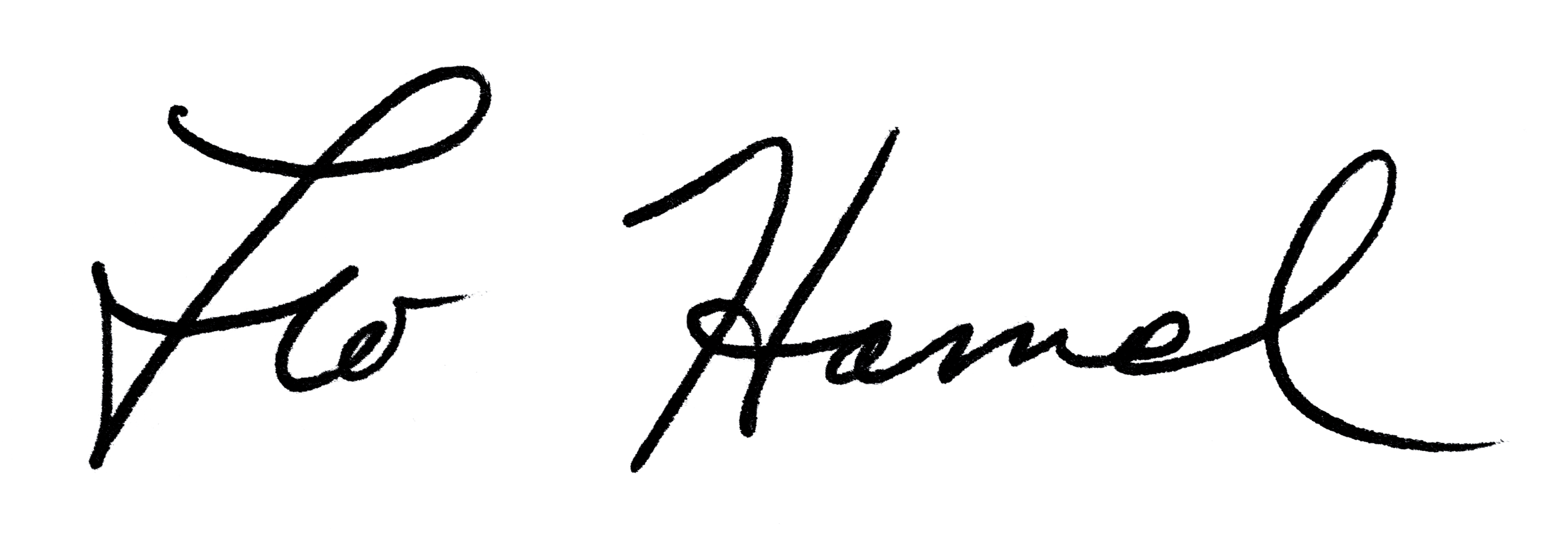
Leo Hamel Fine Jewelers Policy Letter
Hats, Hat Folders, Checklists and Raises
Hats
A “hat” is a term we use to mean your job. A fireman wears a fireman’s hat and a policeman wears a hat that fits his uniform and job. A hat represents a person’s job or position. We use the term HAT to mean a job and all the work that a job is responsible for. Some examples of hats are: a salesman, an accountant, the shipping person or the president of a company.
Hat Folders
We also have a term “Hat Folder” which means a folder you keep in your work area that has the policies and materials you need to do your job. For an estate buyer his hat folder may have the following in it:
- A description of how to test gold
- A list of all the carats of gold (14K is 58% gold and 18k is 75% gold)
- Another list of who he or she sells pocket watches to
- Instructions on how to tell if a Rolex is real
- And anything else (such as policies) that applies to their job
Checklists
Whenever you do something that has many steps to it, it is a good idea to make a checklist so that you don’t leave off any of the steps.
A checklist is a series of steps used to accomplish some task.
An example of a need for a checklist happened today prompting me to write this policy:
A list was created in the computer of people that had not bought in over two years. We were going to send a letter to these people asking if they still wanted to receive our catalogues. When the list was created I asked to see it and I looked up the first two people on it. The second one had bought something just last month. So obviously the list was not correct and included people who HAD bought within the last two years. Therefore the person who creates such letters should make a checklist something like this:
- Decide on what type of letter
- Write letter
- Have it proofread by at least two people
- Create list on computer
- Check at least ten people on list to make sure list is correct
- Print sample letter
- Check to see it prints correctly on letter head (lines up)
- Have someone else check spelling
- Etc.
A checklist like this has two purposes:
- You can use it yourself to prevent yourself from making mistakes.
- The next person to do this job will not have to figure the whole thing out from scratch.
Both these reasons will save the company money and time.
When using your lists, if you find something you left off the list last time, please add it when discovered later.
Raises
Hat Folders are so important that from today forward raises will only be considered if the person has a decent Hat Folder.
Summary
Every employee should have a Hat Folder that pertains to their job. It is HR’s duty to ensure that new employees are given Basic Hat Folders as well as the Hat Folder materials for their new position. When you get a Hat Folder, put all policies that relate directly to your job in the folder and anything else you need to know to do your job.
It is the duty of the employee to continue to add materials to their hat regarding their job as applicable policies are issued or more data is accumulated. Any employee adding outside materials (not our policies) to their own hat should also give a copy of those materials to HR to be added to all the hats for that department.
If you have any repetitive jobs, with many steps, make a check list the next time you do it and add that checklist to your Hat Folder. Send a copy of the checklist to HR so that they can add the checklist to the other Hats in your department.
